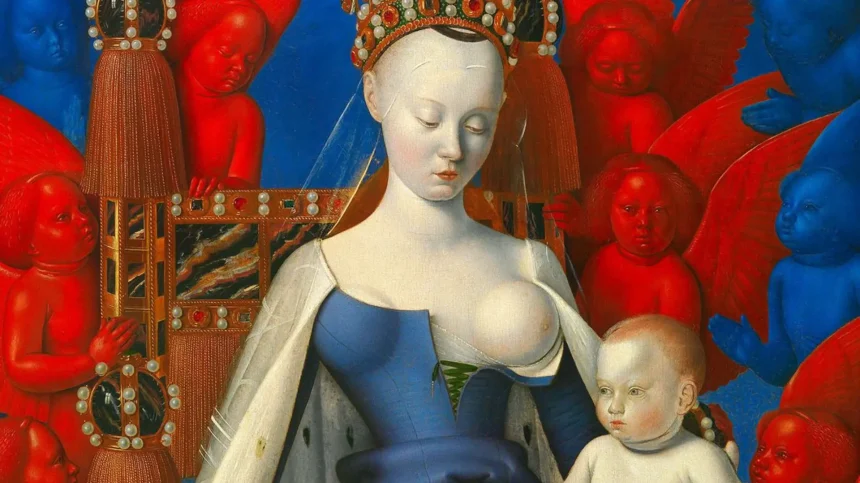Agnès Sorel: The Favorite of Charles VII
Agnès Sorel (c. 1422-1450) was the favorite of Charles VII and the first official mistress of a King of France.

Agnès Sorel (c. 1422-1450) was the favorite of Charles VII and the first official mistress of a King of France.

